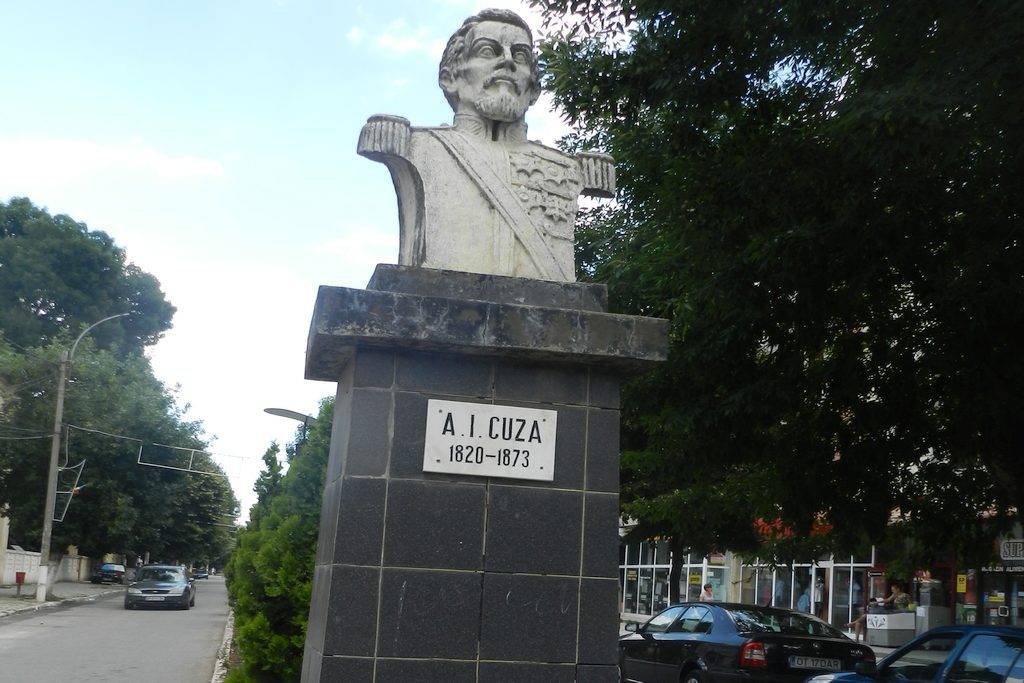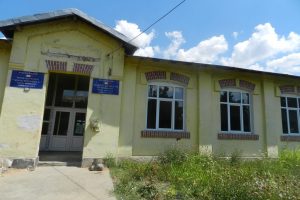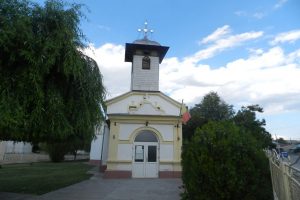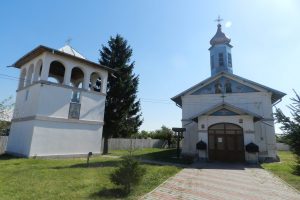

The bust of Alexandru Ioan Cuza is located in the downtown area of Corabia town.
Town history is linked to the name of Alexandru Ioan Cuza. On the territory of the present town, in the nineteenth century, was settled the village Corabia, property of Bistrița Monastery. Given the fact that Gh. Bibescu, owner of the scaffolding from Izlaz (where were loaded grains from the former county of Romanați), created many difficulties to traders from Caracal in the export of crops, 37 of them, by a petition to the ruler Alexandru Ioan Cuza on June 24th / July 6th, 1859, called for the building of a new scaffolding in Corabia village (considered as having a better position to Danube than Islaz ) and the transformation of this village into a free town. It was proposed for this the redemption of 1,000 pogons on which to build the new town homes, and the name of the new city to be Alexandru Ioan Cuza. The ruler approved, theoretically the building of the scaffolding and of the new city, having the name of Mircea, in memory of Prince Mircea the Old, but the project was not implemented at that time. It was only in 1871, after the resumption of the demarches by the traders in Romanați, when was adopted the Law of founding Corabia town on November 30 / December 11, 1871, a law which granted to the future town 500 pogons for housing construction and public utilities and was established the building of the new port on the Danube shore.
Alexandru Ioan Cuza was born on March 20th, 1820 in Bârlad, Principality of Moldavia, currently in Romania, and died on May 15th, 1873 in Heidelberg, Germany. It was the first ruler of the United Principalities and of the Romania national state. He actively participated in the revolutionary movement of 1848 in Moldavia and to the struggle for unification of the Principalities. On January 5th, 1859, Cuza was elected ruler of Moldavia and on January 24th, 1859 also of the Romanian Country, bringing the union of the two principalities.
Having become ruler Cuza led a sustained political and diplomatic activity for the recognition of unification of Moldavia with the Romanian Country, by the Suzerain Power and the Guarantor Powers and then to complete the unification of the Romanian Principalities by the accomplishment of the constitutional and administrative unity, that was realized in January 1862 when Moldavia and Romanian Country formed a unitary state, by adopting officially in 1862, the name of Romania, and forming the modern state with its capital in Bucharest, with a single congregation and one government.
Cuza was forced to abdicate in 1866 by a broad coalition of parties of that time, also called the Monstrous Coalition because of different political orientations of its members, who reacted so, against the ruler’s manifestations of authority.



